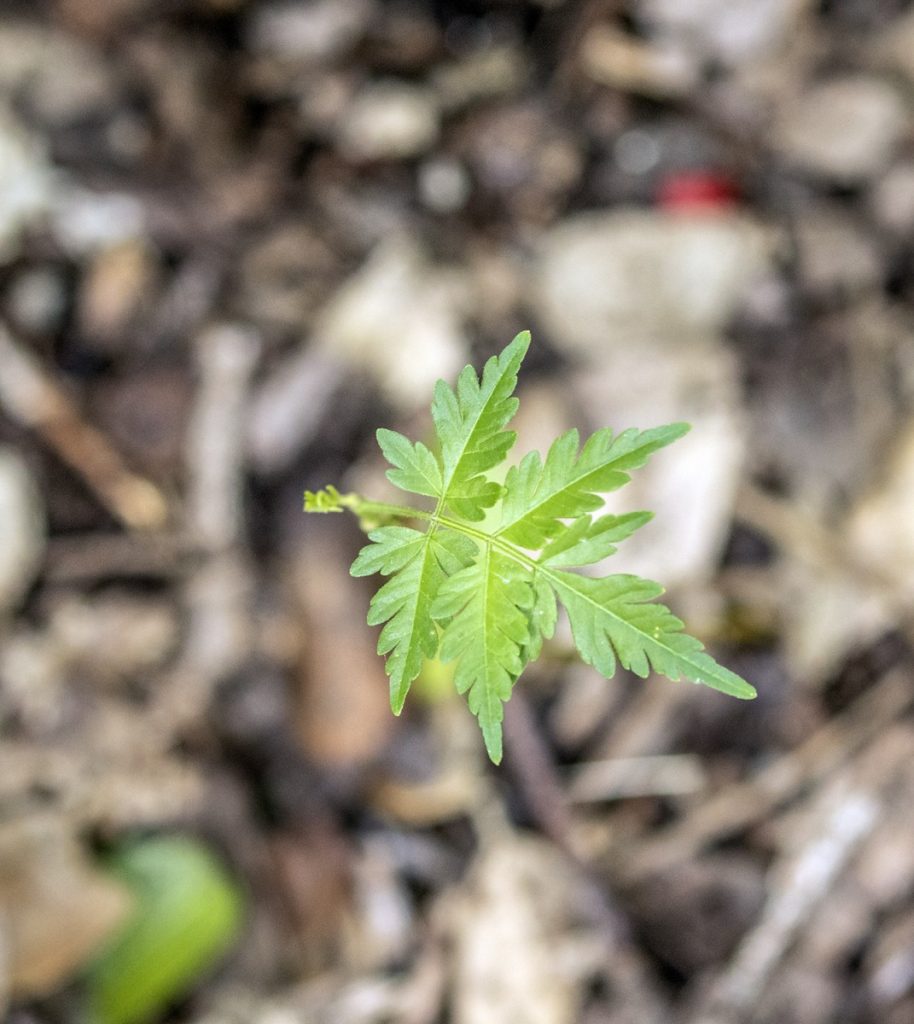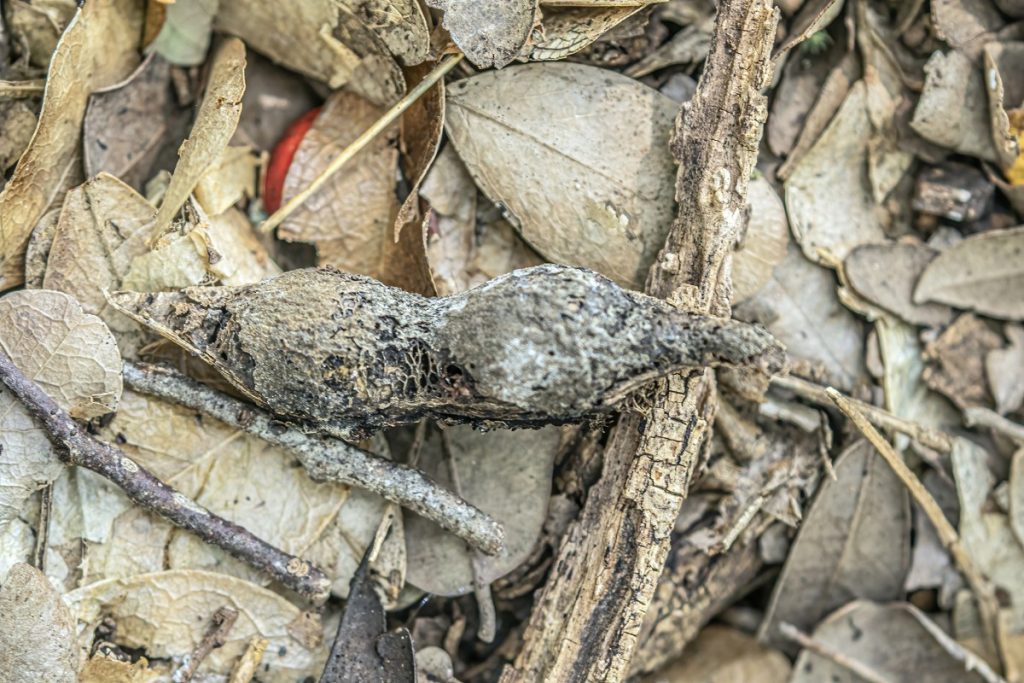SMGA News: October 2021

POLLINATOR BIOBLITZ
The 6th Annual Texas Pollinator BioBlitz returns in October. Mark your calendars now and get ready for some photographic fun and the opportunity to contribute to community science!
Dates: October 1-17, 2021. Take part in photo challenges, learn informative pollinator tips, explore how-to videos, discover useful resources and more!
Join the fun:
Post your pollinator photos during the event to your own Instagram, Twitter, or Facebook accounts (use #txpollinators). All ages and abilities are encouraged to find pollinators and nectar-producing plants and take photos to share with friends!
Find events to attend near you (please note: many events will be virtual this year) by using our online events calendar. You may also submit your events if your site is hosting an event this fall.
Add pollinator and flowering plant photos to iNaturalist during the event dates to be included in the 2021 Texas Pollinator BioBlitz iNaturalist project. Whether you like looking at great pollinator photos, honing your photography skills, learning more about pollinators in Texas or taking part in community science, we’ll have something for you!

FALL IS TIME TO PLANT!
THE NATURAL AREAS ARE MORE THAN GREAT PLACES TO PLAY
What difference do you think our 1200+ acres of green space mean in terms of flooding and water conservation? This graphic was especially relevant after the 6-inch rain San Marcos experienced at the end of September.

TRAIL CREW AT WORK
On 9/16, one crew continued construction of the bridge on Ripheus in Lower Purgatory, just in time for heavy rain. Another crew built a rock cage for a new trail marker at the intersection of Dante and Virgil’s Way. Team Flora collected some seeds and seeded a tree understory on Dante before moving over to Ripheus.
(Photos by Cindy Hobson)

NO IT ISN’T HALLOWEEN
It’s just Team Flora dressed to seed a hillside in Schulle Canyon between Warbler Walk and Witte Way. Seeds included Turk’s cap, pigeonberry, mountain laurel, inland sea oats, three-flower melic, and some shade-friendly wildflowers. Participants got in between the rains to seed with their new tools. The trail crew access was limited in the natural areas because it was flooded in some areas.
AND SPEAKING OF TEAM FLORA . . .
If you have mountain laurel trees on your property, this is a good time to collect seeds for Team Flora to spread in the Greenbelt. Most of the seeds will have fallen by now, and a good many will simply be lying exposed on the ground; the recent rains will have softened the seed pods and caused them to pop open. Even if the pod is still intact, it will likely be easy to remove the bright red seeds. When you collect these or any other kinds of seeds, it’s best to store them in a paper bag until you can deliver them to a member of Team Flora. (Below: seed pod & seed)

TIME TO REMOVE INVASIVES
Early fall, before all the trees lose their leaves, is a great time to check your landscape for invasive seedlings. This is especially true after a good rain, when unwanted plants are easy to remove. Familiarize yourself with images of young Chinaberry, ligustrum, and nandina in particular. If your neighbors have these species in their yards, chances are good that the seeds of these plants will be coming up in your flower beds or woods. The popularity of these species in residential landscapes is also why they’re such a problem in our natural areas. In short, seeds travel.
Photo Caption: This innocuous-looking plant is a Chinaberry seedling, courtesy of a neighbor’s tree.









